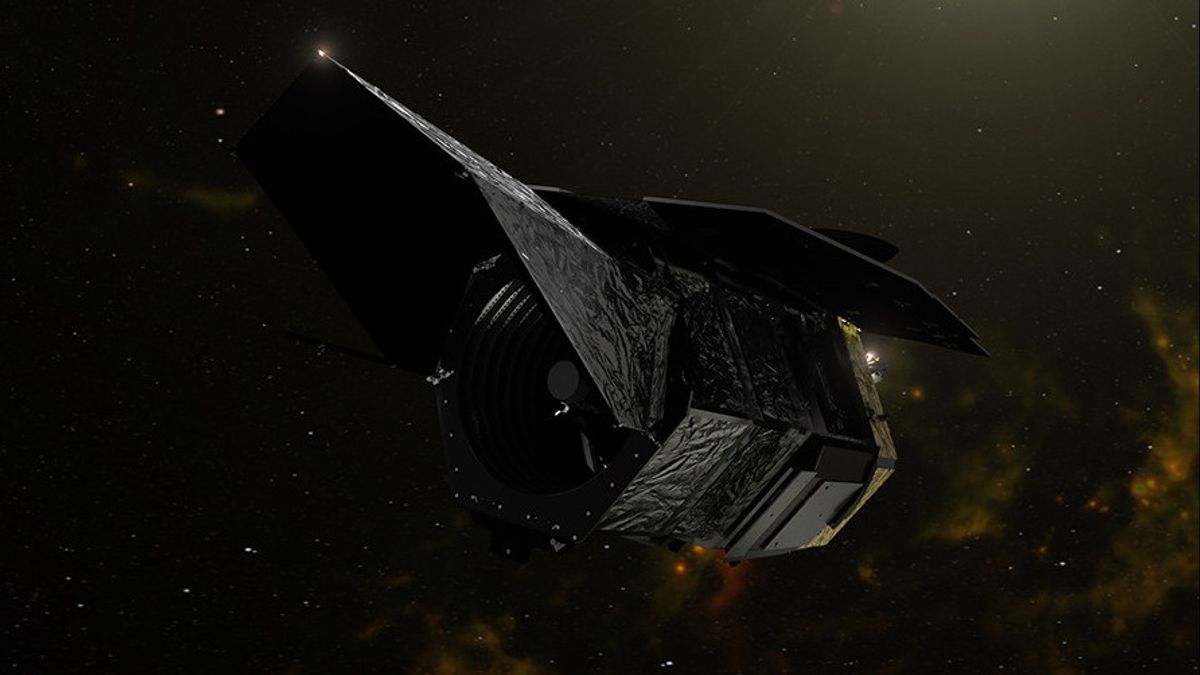JAKARTA - The United States Aeronautics and Space Agency (NASA) will launch its next major space telescope under the name of the Roman Telescope Nancy Grace or the Roman Space Telescope.
The telescope was deliberately named Nancy Grace in honor of NASA's first chief astronomer. Before being decided as the Roman Telescope Nancy Grace, the telescope was named the Medan Lebar Infrared Survey Telescope.
NASA will launch this telescope in 2027. Later, the telescope will be used to see the cosmos with a broader view and help scientists in solving the mysteries of dark matter and dark energy in the cosmos.
The Roman telescope was able to collect large amounts of raw data during its main mission, which was for five years. This data will consist of trillions of individual measurements of stars and galaxies.
Currently, NASA is still doing simulations to test the machine's ability to recognize and identify cosmic phenomena. This simulation is also said to be quite complicated because it requires many teams from different fields.
SEE ALSO:
"Every observation will be used by many teams for very different science cases, so we created an environment that makes it easier for scientists to collaborate," said Roman Space Telescope Senior Project ScientistJulie McEnery, citing Space.
In the development of the Roman Telescope, NASA needed assistance from the Hubble Space Telescope, the James Webb Space Telescope (JWST), the Keck Observatory, and the Main Focus Infrared Microlensing Experiment (PRIME).
All of these telescopes are needed to develop surveillance plans from the Roman Space Telescope. In addition, several telescopes will also collaborate with the Roman Telescope after its launch, one of which is Hubble.
This collaboration is carried out to study the history and evolution of the universe by accepting light that crosses the universe for more than billions of years.
The English, Chinese, Japanese, Arabic, and French versions are automatically generated by the AI. So there may still be inaccuracies in translating, please always see Indonesian as our main language. (system supported by DigitalSiber.id)


















